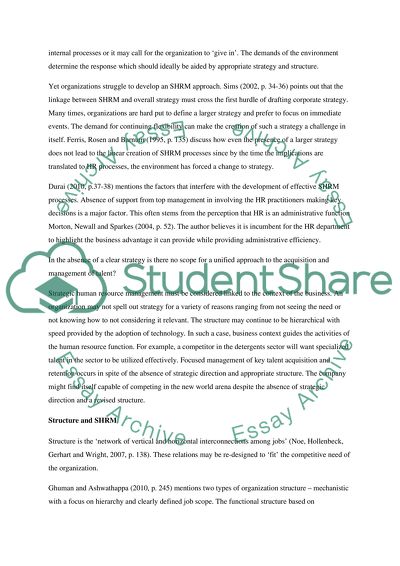Cite this document
(“Structural form that is most suitable for an SHRM approach Essay”, n.d.)
Retrieved from https://studentshare.org/human-resources/1417628-structural-form-that-is-most-suitable-for-an-shrm-approach
Retrieved from https://studentshare.org/human-resources/1417628-structural-form-that-is-most-suitable-for-an-shrm-approach
(Structural Form That Is Most Suitable for an SHRM Approach Essay)
https://studentshare.org/human-resources/1417628-structural-form-that-is-most-suitable-for-an-shrm-approach.
https://studentshare.org/human-resources/1417628-structural-form-that-is-most-suitable-for-an-shrm-approach.
“Structural Form That Is Most Suitable for an SHRM Approach Essay”, n.d. https://studentshare.org/human-resources/1417628-structural-form-that-is-most-suitable-for-an-shrm-approach.


